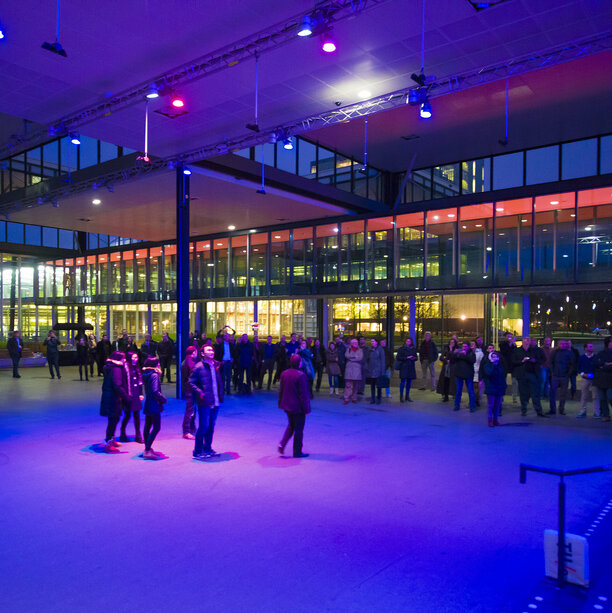Sound Lighting
The lighting domain is changing from off-the-shelf point solutions towards 24/7 meaningful lighting services. This research program is contributing to this development through a program that demonstrates the value of light for human functioning with scientific research.
It has adopted an agenda of translational and integrative research: it seeks to perform the research that is necessary to test the relevance and implications of very fundamental insights for daytime exposure, day- active people, and in real-world applications, and is integrative in the sense that it builds on various scientific disciplines and includes both image-forming and non-image forming effects of light, in the service of promoting health, wellbeing and sustainability.
Our research challenges
Projects
Some of our researchers
Recent publications
-
Vaida T.R. Verhoef,Karin C.H.J. Smolders,Geert Peeters,Sebastiaan Overeem,Yvonne A.W. de Kort
Match and Mismatch between Lived Experiences of Daytime Sleepiness and Diagnostic Instruments
Clocks & Sleep (2024) -
Mushfiqul Anwar Siraji,Rafael Robert Lazar,Juliëtte van Duijnhoven,Luc J.M. Schlangen,Shamsul Haque,Vineetha Kalavally,Céline Vetter,Gena Glickman,Karin C.H.J. Smolders,Manuel Spitschan
An inventory of human light exposure behaviour
Scientific Reports (2023) -
Isabelle van der Linden,Esther Hazelhoff,Eline de Groot,Daniel Vijlbrief,Luc J.M. Schlangen,Yvonne A.W. de Kort,Marijn Vermeulen,Demy van Gilst,Jeroen Dudink,Laura Kervezee
Characterizing light-dark cycles in the Neonatal Intensive Care Unit
Frontiers in Physiology (2023) -
Wei Luo,Rick P. Kramer,Maaike E. Kompier,Karin C.H.J. Smolders,Yvonne A.W. de Kort,Wouter van Marken Lichtenbelt
Correlated color temperature of light
(2023)

